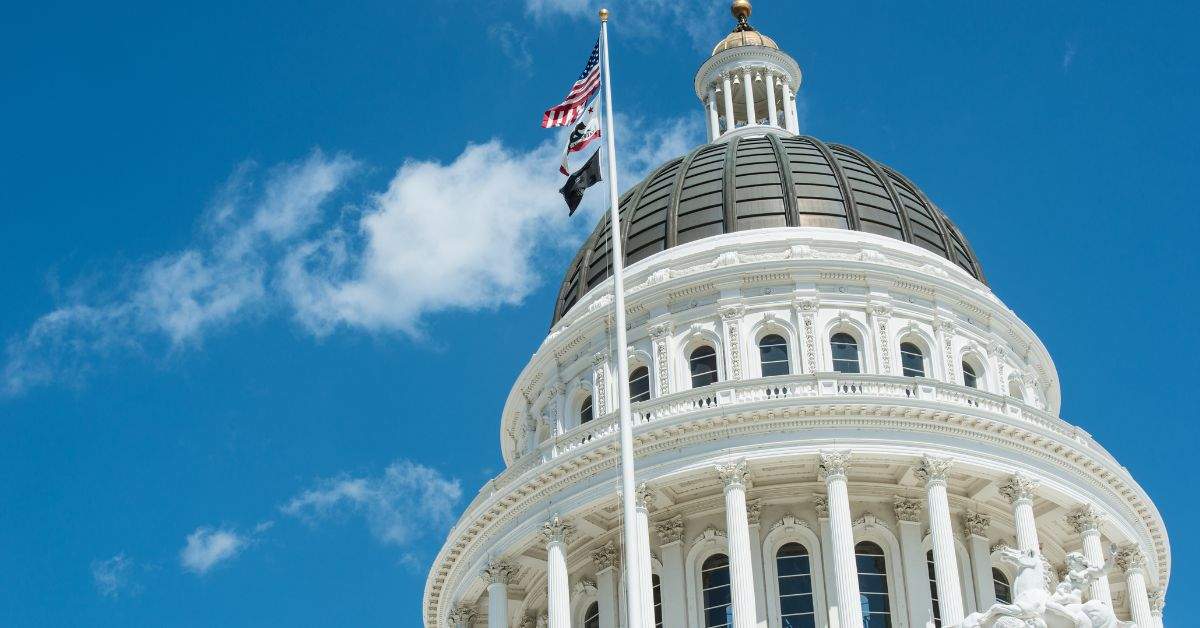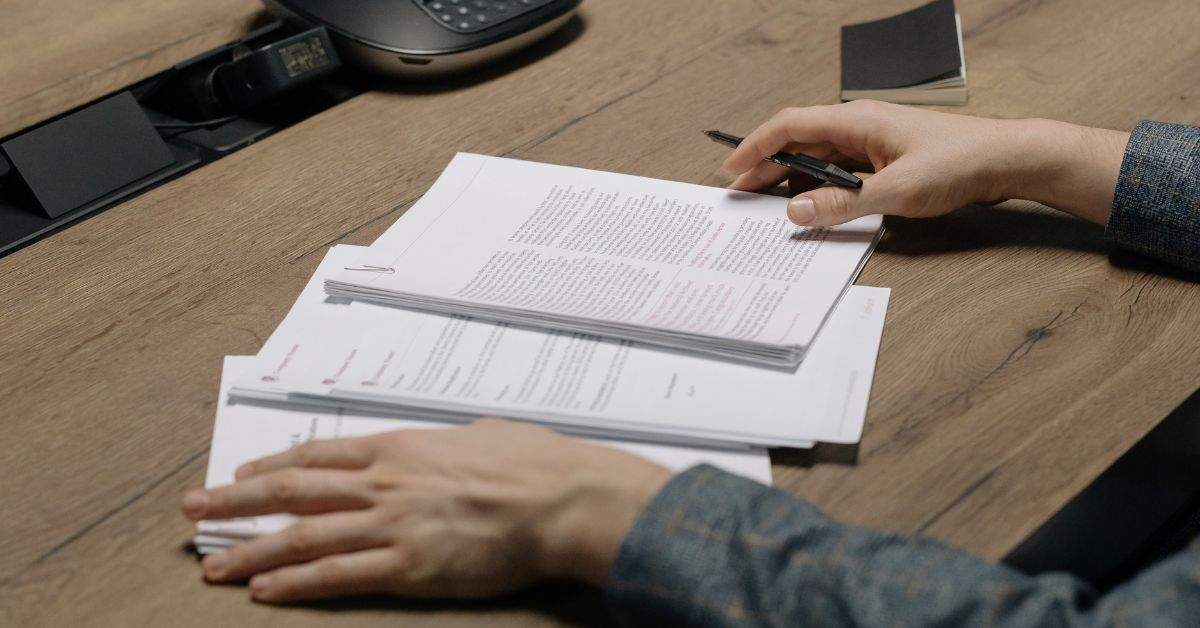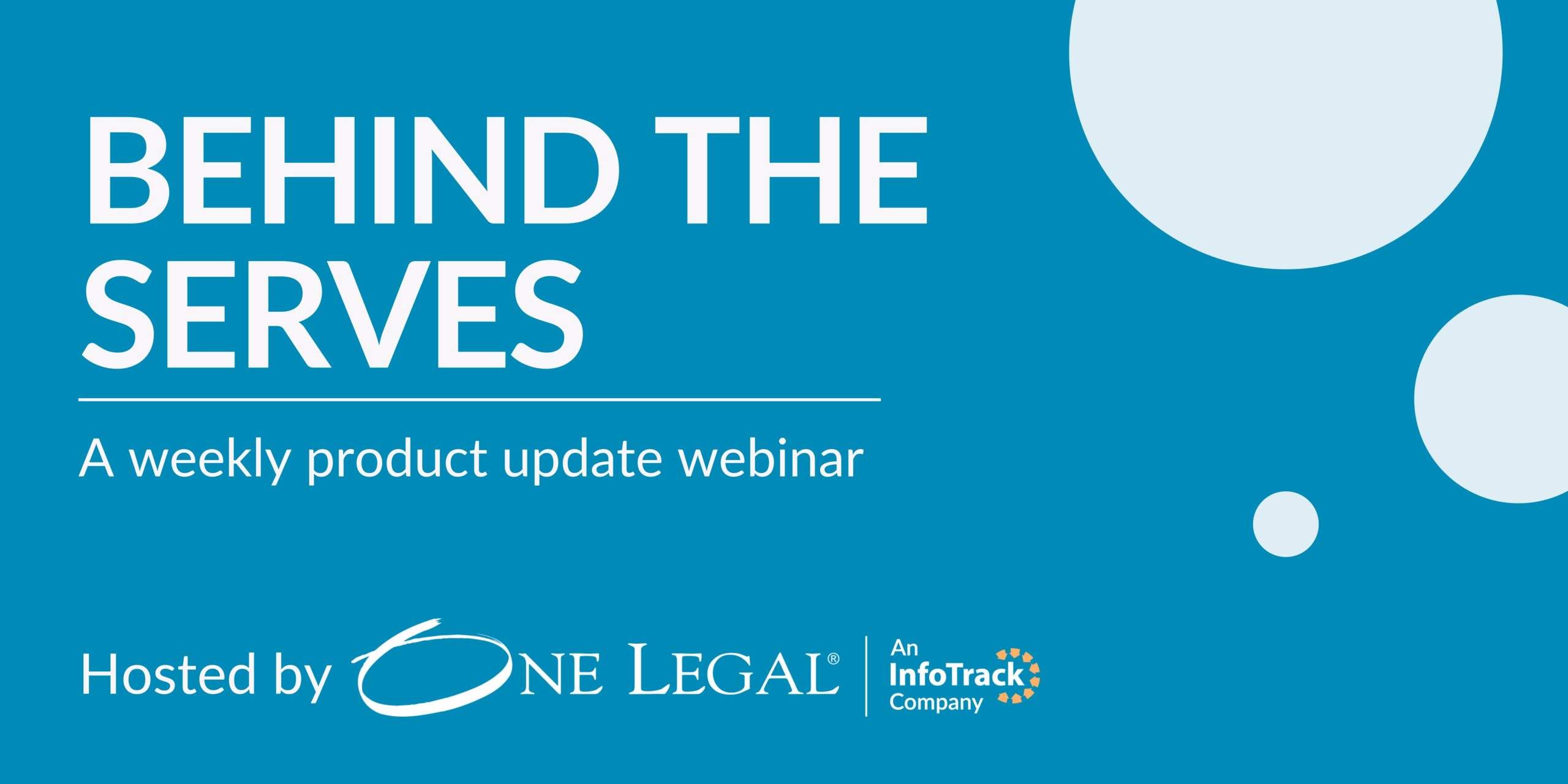Have you ever heard of a Pitchess Motion? Unless you’re a criminal defense attorney or a city attorney, it’s possible you haven’t. Nonetheless, Pitchess motions in California are an important procedure attorneys should know.
These motions, named after the landmark case of Pitchess v. Superior Court (1974), provide a critical mechanism allowing criminal defense attorneys to access information pertaining to the disciplinary records of law enforcement officers.
As you might imagine, this information could be pivotal in cases where the credibility or conduct of an officer is in question.
The concept of a Pitchess motion may sound straightforward, but its application and impact within the judicial system of California are intricate.
These motions are not merely procedural tools; they must necessarily strike a balance between the rights of the accused and the privacy rights of individual law enforcement officers.
And, until recently, they also reflected a policy within California that restricted access to police personnel records to a far greater extent than in other states.
Notwithstanding California’s new legal environment surrounding access to police records, understanding how to effectively navigate Pitchess motions in California for legal professionals.
This article aims to demystify these motions, offering a comprehensive exploration of their mechanics, significance, and continued relevance in a new legal scheme that now allows for public access to many police-related records.
What is a Pitchess motion in California?
At its core, a Pitchess motion in California is a request for discovery, specifically targeting the personnel records of law enforcement officers. These motions are grounded in California Evidence Code sections 1043 through 1047, which set forth the procedure for discovering peace officer personnel records in criminal cases.
As noted, the legislative framework for these motions was established following the California Supreme Court’s decision in Pitchess v. Superior Court.
This important case recognized the potential relevance of an officer’s disciplinary history in assessing their credibility or conduct in a given case.
As you might suspect, Californians aren’t allowed unfettered access to these records as a matter of course. Indeed, Pitchess motions must demonstrate “good cause” for the disclosure of the records, which typically involves establishing a plausible scenario where the officer’s conduct or credibility could be material to the defendant’s case.
For example, if the officer has prior reprimands for allegations of racial or religious bias, these things could be highly relevant to the arrest at issue.
A word of caution, however: the Pitchess motion must be specific about the type of records sought and the exact relevance to the case at hand. Defendants are not allowed to go on a fishing expedition for prior bad conduct.
The significance of the Pitchess motion lies in its balancing act between transparency and privacy with respect to highly sensitive information. On the one hand, it upholds the accused’s right to a fair trial by potentially providing access to information that could be pivotal for their defense.
On the other, it respects the privacy rights of law enforcement officers by ensuring that their personal records are not disclosed unnecessarily or irrelevantly. This balance is constantly being recalibrated as laws evolve and societal views on police transparency and accountability shift.
Pitchess motions are not without controversy. While defense attorneys view them as essential for ensuring a fair defense, law enforcement agencies often see them as an invasive probe into personal records that could demoralize officers or erode trust within the force.
Judges, for their part, have been accused of being overly restrictive in releasing officer records. This tension underscores the delicate nature of these motions and the importance of understanding their proper use within the current California judicial system.
Pitchess procedure
Before we talk about recent changes to the law, let’s take a detailed look at the procedure required to initiate a Pitchess request. First, a defense attorney must first file a detailed written motion.
This isn’t simply a formality; the motion has to be a carefully crafted document that clearly articulates the need for accessing an officer’s personnel records.
The core of this motion, of course, lies in establishing the aforementioned “good cause.” This requirement demands more than just a general assertion of relevance.
The defense must convincingly demonstrate how specific information in the officer’s records may be material to their client’s defense. This necessitates a thorough understanding of the case and the potential impact of the officer’s conduct or credibility on it.
The motion is submitted to the court along with a supporting affidavit. This affidavit provides a factual basis for the request, linking the officer’s suspected history to the case in question.
Typically, a copy of the arrest report will be attached to the affidavit as supporting evidence. Regardless, precision in detailing the type of records sought and their relevance is crucial.
A generic or overly broad request risks being dismissed for lack of specificity.
After submission, the court schedules a public hearing which is attended by the defense, the prosecution, and the attorneys representing the law enforcement agency or individual officers (often the city attorney or county counsel).
Importantly, the District Attorney is not a party to the motion and is not entitled to argue the prosecutorial point of view.
If the court finds the defense has presented good cause for discovery of the records sought, it must then conduct an in-camera review of all potentially relevant documents. (Evidence Code §1045(b)).
Importantly, neither the prosecution nor the defense can be present within the in camera hearing; only the officer and “any other persons [the officer] is willing to have present” are allowed in chambers (Evidence Code §915).
In most cases, this means that the officer and the custodian of records are the only ones in chambers with the judge.
The custodian has to be prepared to explain:
- (a) what other documents (or category of documents) were included in the officer’s complete personnel record but were not given to the court and,
- (b) why the custodian deemed those records irrelevant or otherwise nonresponsive to the defendant’s Pitchess motion. Failure of the custodian in this regard may be grounds for appeal.
Following the in camera review, the judge decides which of the officer’s personnel records, if any, can be discovered and potentially entered into evidence at trial.
Are Pitchess Motions even still necessary?
In 2019, as police conduct continually faced greater public scrutiny, then-Governor Jerry Brown signed California Senate Bill 1421 into law — a piece of legislation that significantly altered the landscape regarding access to police personnel records.
While this legislative change reflects a shift towards greater transparency in law enforcement, it did not have the effect of rendering the Pitchess motion in California obsolete.
Let me explain.
SB 1421 made very specific categories of police records publicly accessible, thus arguably bypassing the traditional need for a Pitchess motion in those instances. These categories include records related to:
- Officer-involved shootings,
- Use of force resulting in death or serious bodily injury,
- Sustained findings of sexual assault by an officer, and,
- Instances of dishonesty in reporting, investigating, or prosecuting a crime.
According to some commentators, the bill’s provisions represent a substantial advancement in terms of public access to information that was previously over-guarded and only obtainable through the Pitchess process.
The scope of SB 1421 is not exhaustive, however. It does not cover all types of information that might be relevant in a criminal defense context.
For instance, records involving racial profiling, prejudicial acts, coerced confessions, or falsifying testimony or evidence — which are often crucial in cases alleging police misconduct — are not automatically accessible under the new law. In those scenarios, Pitchess motions retain their relevance as a necessary legal tool.
Indeed, the process of filing a Pitchess motion, as detailed above, remains unchanged. Defendants seeking information outside the purview of SB 1421 must still demonstrate “good cause” for the release of records and undergo a judge’s in camera review to determine the relevance and appropriateness of disclosing the requested information.
The interplay between SB 1421 and Pitchess motions highlights the nuanced nature of police record accessibility in California.
While SB 1421 broadens the spectrum of readily available records, it does not encompass all scenarios where access to an officer’s personnel file could be pivotal.
Consequently, Pitchess motions remain a vital aspect of legal defense strategies, particularly in cases where the officer’s conduct is a central issue.
Ultimately, while SB 1421 represents a significant stride toward greater police transparency, it definitely doesn’t eliminate the need for Pitchess motions.
These motions continue to serve an essential function in cases where specific (and important) types of misconduct or behavioral patterns of law enforcement officers are in question.
The balancing act between public access to information and the protection of privacy rights persists, with Pitchess motions playing a crucial role in this equilibrium.
Conclusion
The intricacies of using the Pitchess motion in California underscore the delicate balance between transparency and privacy in accessing law enforcement officers’ personnel records.
Stemming from the pivotal Pitchess v. Superior Court case, these motions serve as a crucial legal tool for criminal defense attorneys navigating a landscape reshaped by legislative changes, such as California Senate Bill 1421.
While SB 1421 expanded public access to specific police records, Pitchess motions remain indispensable in scenarios not covered by the legislation.
The nuanced interplay between the two highlights the ongoing challenge of striking a balance between public disclosure and safeguarding privacy rights, emphasizing the enduring importance of understanding and effectively utilizing Pitchess motions in the evolving California judicial system.







